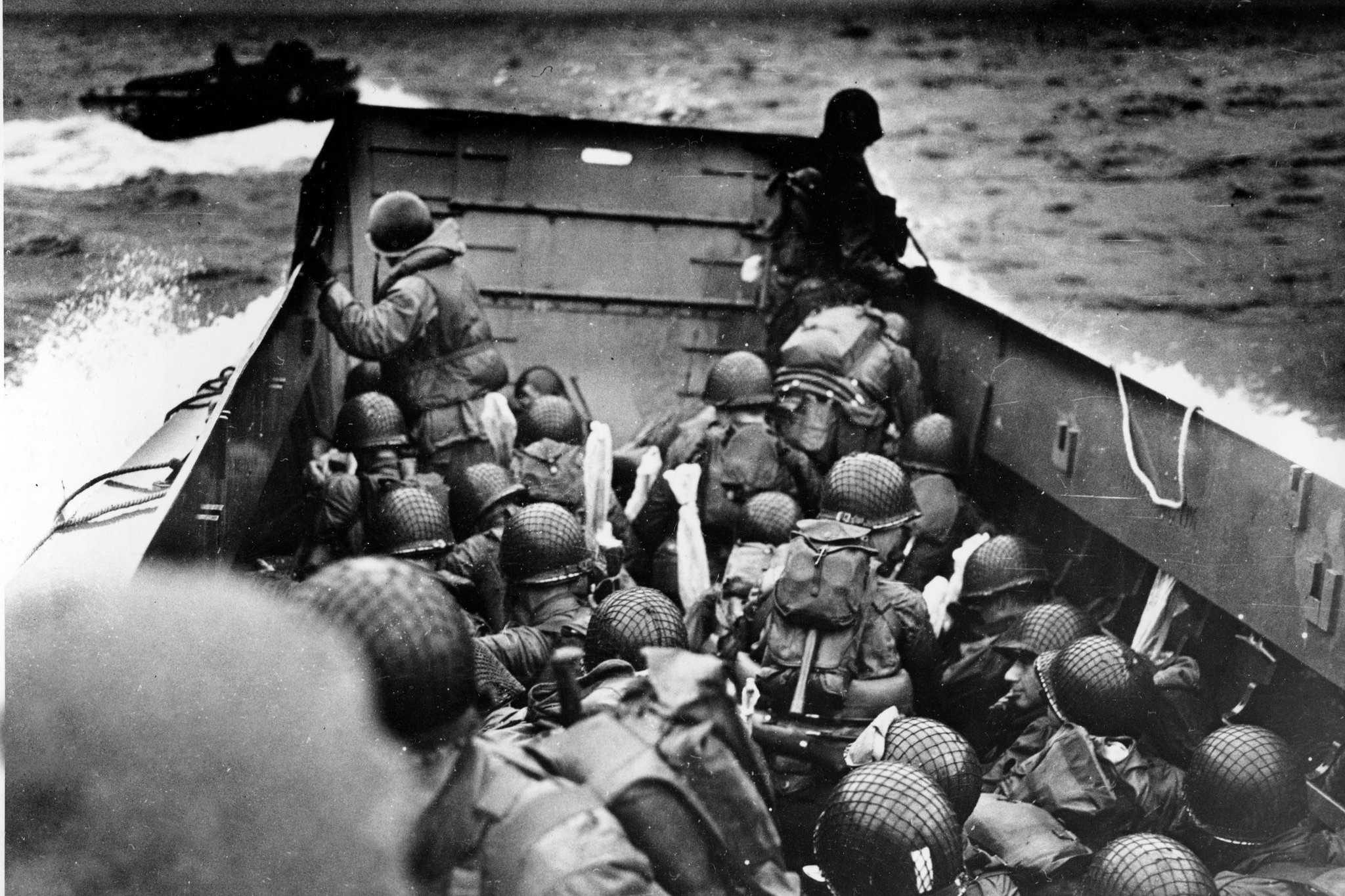
June 6, 1944, also known as D-Day, marks one of the most significant events in World War II history. This day saw the Allied forces launch a massive invasion on the beaches of Normandy, France, aiming to liberate Western Europe from Nazi control. Operation Overlord involved meticulous planning, immense bravery, and unprecedented coordination among the Allied nations. The invasion included land, sea, and air assaults, making it a turning point in the war. The sheer scale and impact of D-Day continue to captivate historians and enthusiasts alike. Why was June 6, 1944, so pivotal? Let's delve into 15 fascinating facts that highlight the importance of this historic day.
June 6, 1944: A Day That Changed History
June 6, 1944, is a date etched in the annals of history. Known as D-Day, this day marked the beginning of the end of World War II. The Allied forces launched a massive invasion on the beaches of Normandy, France. Here are some fascinating facts about this pivotal day.
The Scale of the Invasion
The sheer scale of the D-Day invasion was unprecedented. It involved meticulous planning and coordination among the Allied forces.
- Over 156,000 Allied Troops: On D-Day, more than 156,000 Allied troops from the United States, United Kingdom, Canada, and other nations landed on the beaches of Normandy.
- 5,000 Ships and Landing Craft: The invasion fleet consisted of nearly 5,000 ships and landing craft, making it the largest seaborne invasion in history.
- 11,000 Aircraft: Approximately 11,000 aircraft supported the invasion, providing air cover and bombing strategic targets.
The Beaches of Normandy
The Normandy coastline was divided into five sectors, each with its own unique challenges and objectives.
- Codenames for Beaches: The five beaches were codenamed Utah, Omaha, Gold, Juno, and Sword.
- Omaha Beach's Fierce Resistance: Omaha Beach saw some of the heaviest fighting, with American forces facing fierce resistance from German defenders.
- Canadian Forces at Juno: Canadian troops were tasked with capturing Juno Beach, where they faced strong German fortifications.
The Human Cost
The human cost of D-Day was immense, with thousands of soldiers making the ultimate sacrifice.
- Over 4,000 Allied Deaths: More than 4,000 Allied soldiers lost their lives on D-Day.
- German Casualties: German casualties on D-Day are estimated to be between 4,000 and 9,000.
- Civilians Caught in the Crossfire: Thousands of French civilians were also killed or wounded during the invasion and subsequent battles.
The Role of Paratroopers
Paratroopers played a crucial role in the success of the D-Day invasion, dropping behind enemy lines to secure key positions.
- 13,000 Paratroopers: Around 13,000 American paratroopers from the 82nd and 101st Airborne Divisions were dropped behind enemy lines.
- British and Canadian Paratroopers: British and Canadian paratroopers also played a vital role, with the British 6th Airborne Division securing key bridges and positions.
The Aftermath and Impact
The success of D-Day had far-reaching consequences, setting the stage for the liberation of Western Europe.
- Liberation of Paris: The success of the Normandy invasion eventually led to the liberation of Paris on August 25, 1944.
- Turning Point in the War: D-Day marked a turning point in World War II, leading to the eventual defeat of Nazi Germany.
- Operation Overlord: D-Day was part of Operation Overlord, the codename for the Battle of Normandy, which lasted until August 1944.
Commemorating D-Day
D-Day is remembered and honored through various memorials and ceremonies.
- Normandy American Cemetery: The Normandy American Cemetery and Memorial in Colleville-sur-Mer, France, is the final resting place for over 9,000 American soldiers who died during the invasion.
These facts highlight the bravery, sacrifice, and strategic brilliance that defined June 6, 1944. D-Day remains a testament to the resilience and determination of the Allied forces in their fight for freedom.
Remembering June 6, 1944
June 6, 1944, stands as a pivotal moment in history. D-Day wasn't just a military operation; it was a turning point in World War II. The bravery of the Allied forces on the beaches of Normandy changed the course of the war. Over 156,000 troops from the United States, United Kingdom, Canada, and other Allied nations faced daunting odds but pushed forward with determination.
The meticulous planning, the sheer scale of the invasion, and the sacrifices made highlight the resilience and courage of those involved. The success of D-Day paved the way for the liberation of Western Europe from Nazi control. It's a day that reminds us of the cost of freedom and the importance of unity in the face of adversity.
Honoring the memory of those who fought and fell on June 6, 1944, ensures their legacy lives on. Their actions continue to inspire future generations.
Was this page helpful?
Our commitment to delivering trustworthy and engaging content is at the heart of what we do. Each fact on our site is contributed by real users like you, bringing a wealth of diverse insights and information. To ensure the highest standards of accuracy and reliability, our dedicated editors meticulously review each submission. This process guarantees that the facts we share are not only fascinating but also credible. Trust in our commitment to quality and authenticity as you explore and learn with us.
